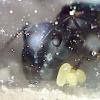Collected post nuptial flight on my car in a parking lot
Date was around Sep 1
Size is 8-9mm
Coloration is a dark reddish-brown with lighter banding on the abdomen, which is a reflective velvet texture
I apologize but these are the clearest images I can get right now with my current camera setup (and her founding chamber is a bit untidy).
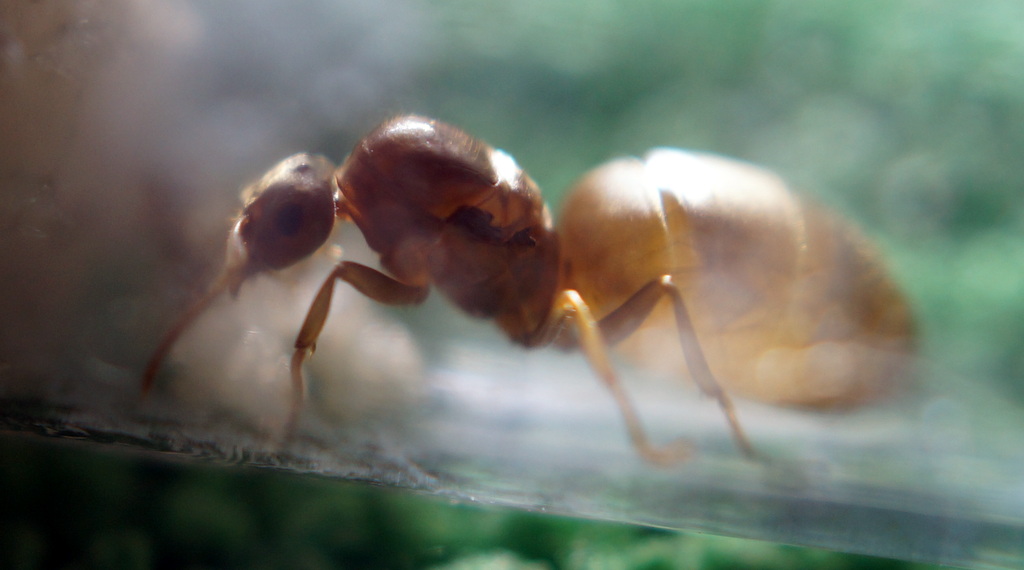
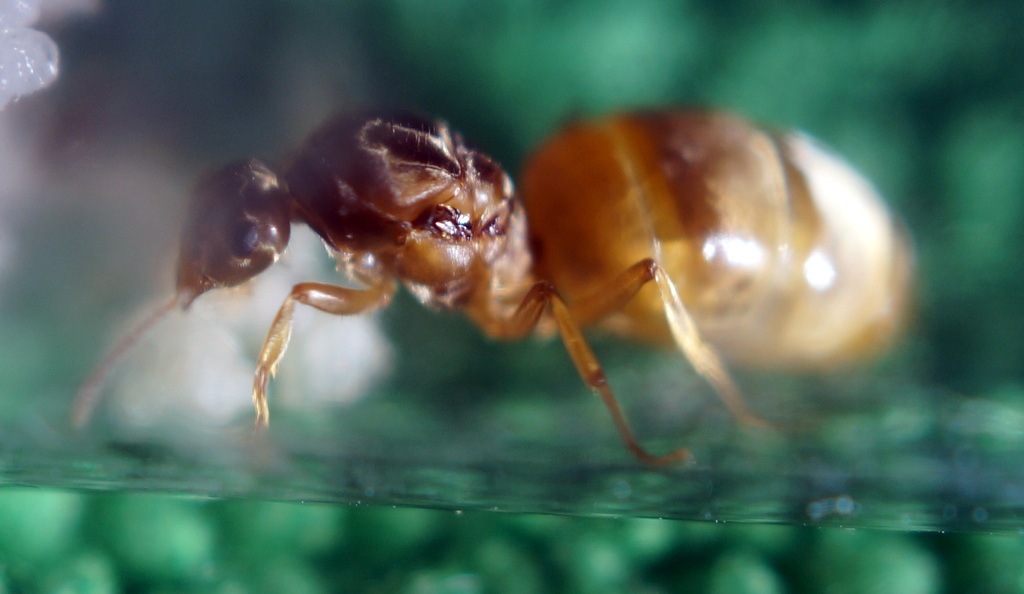
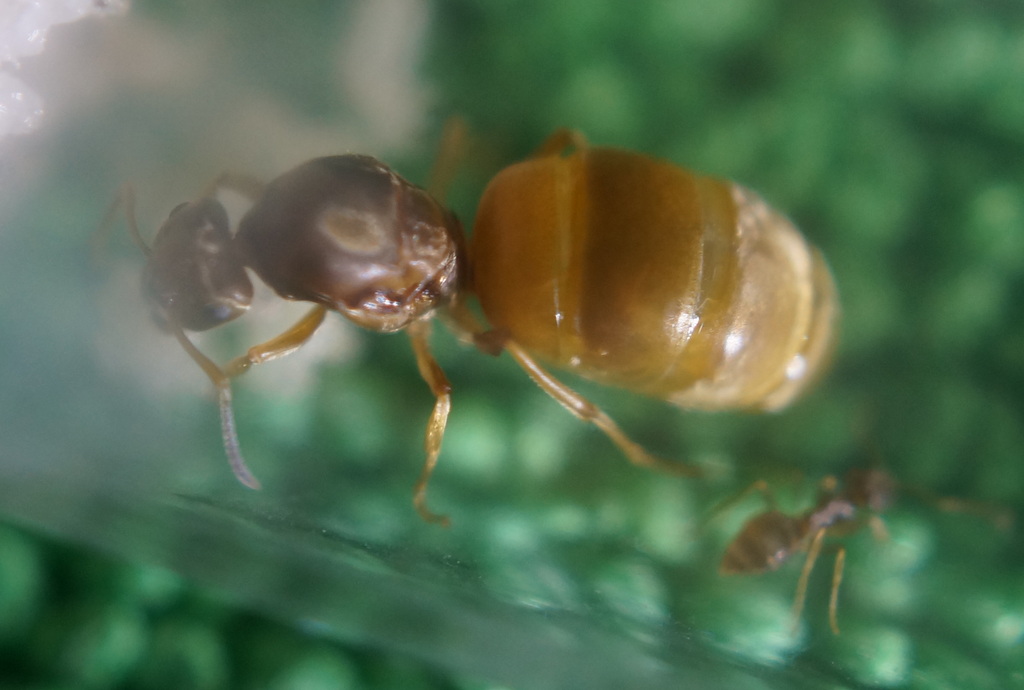
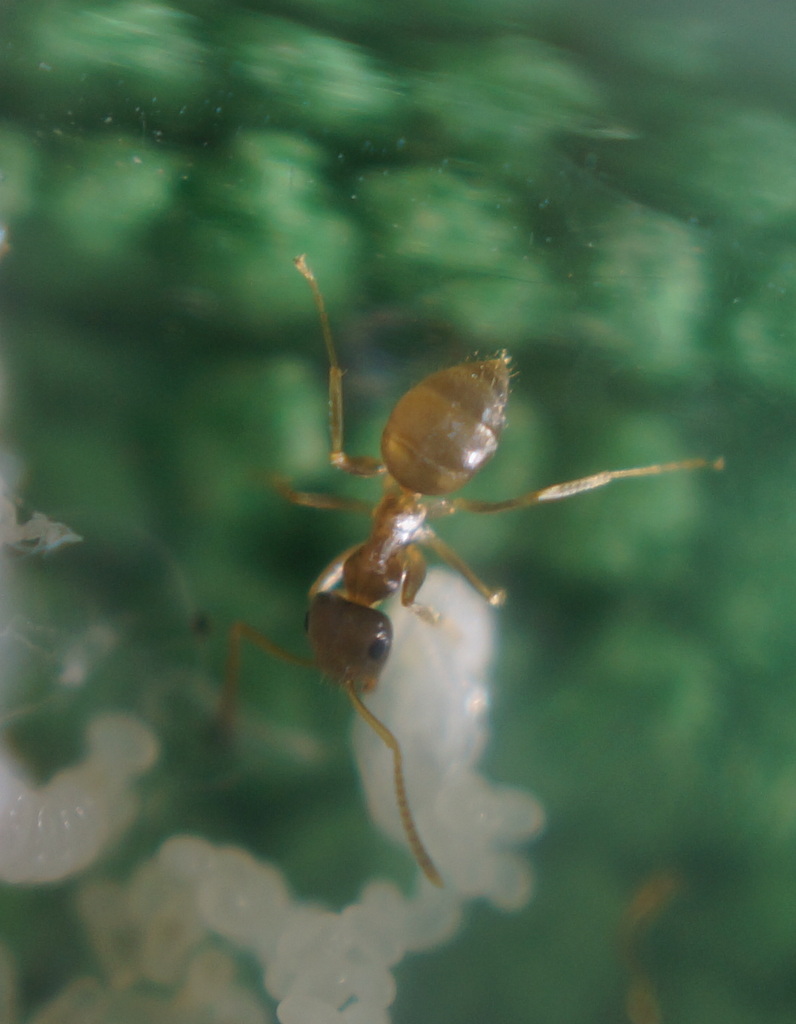
Edited by zox, October 18 2014 - 9:22 AM.








